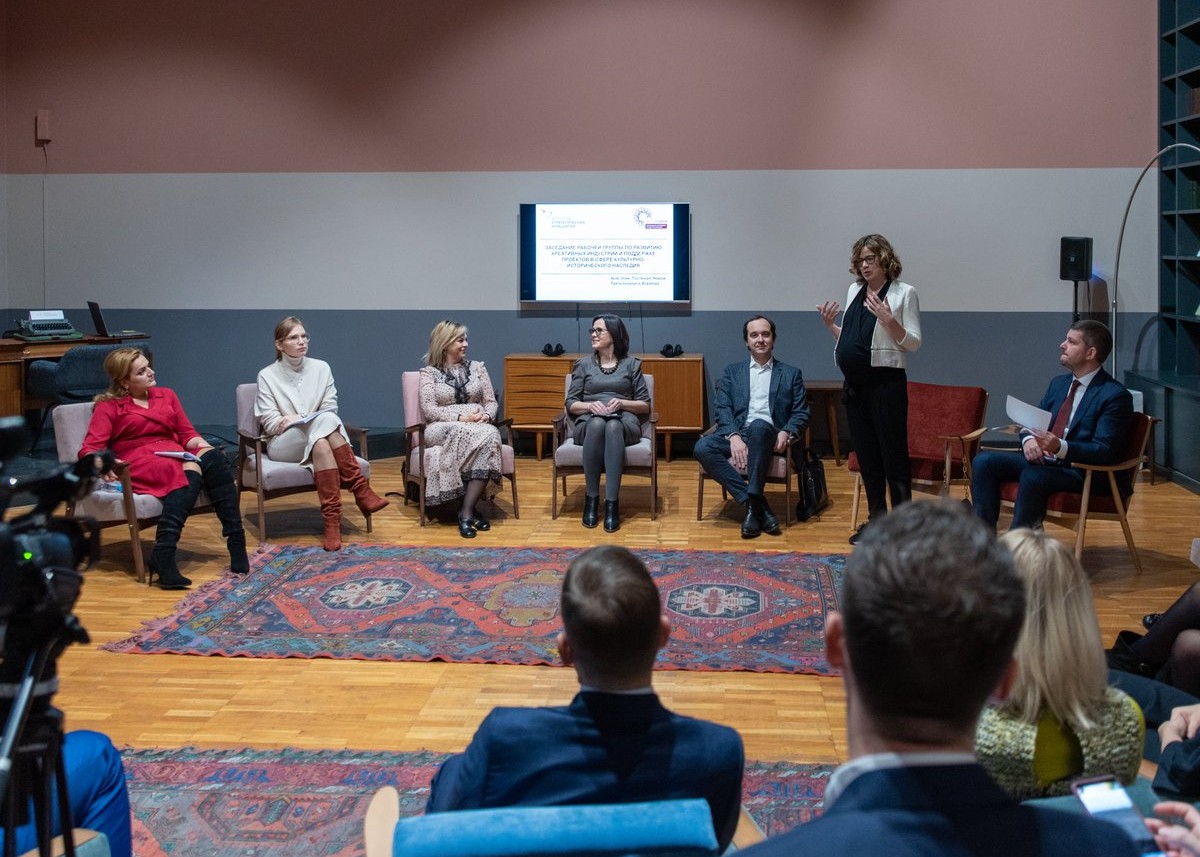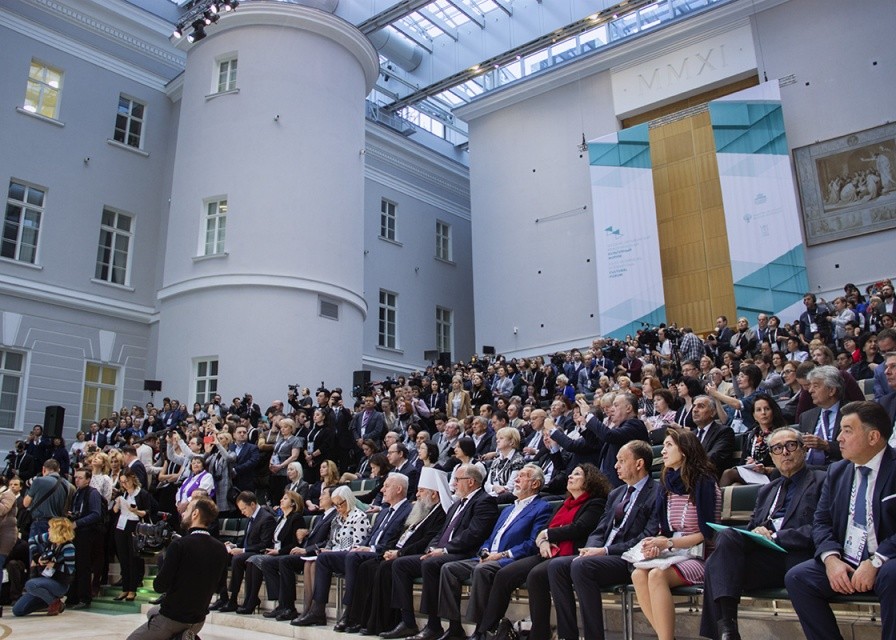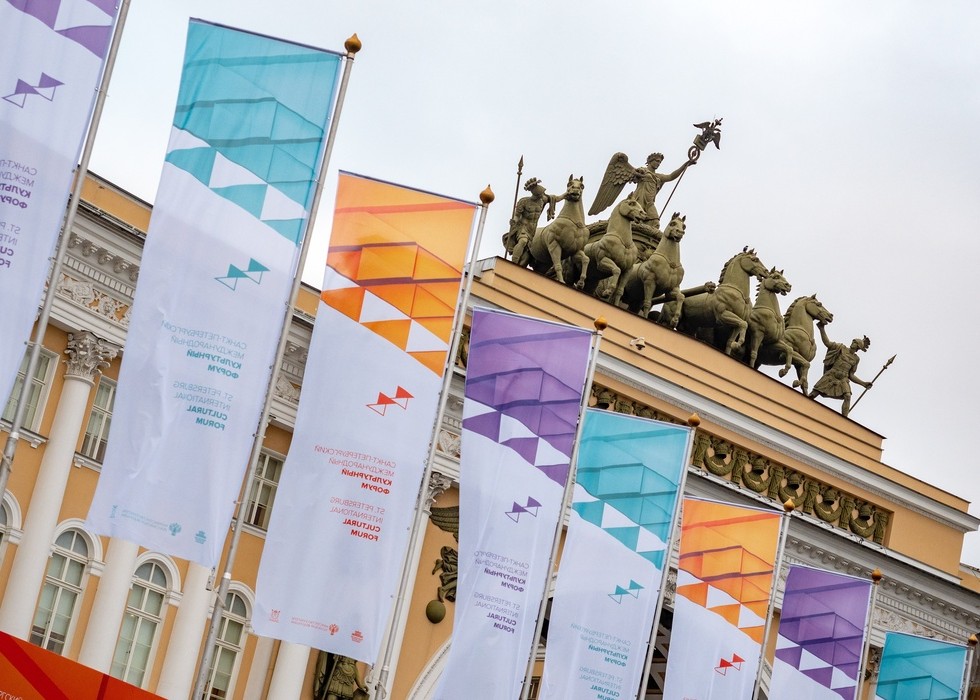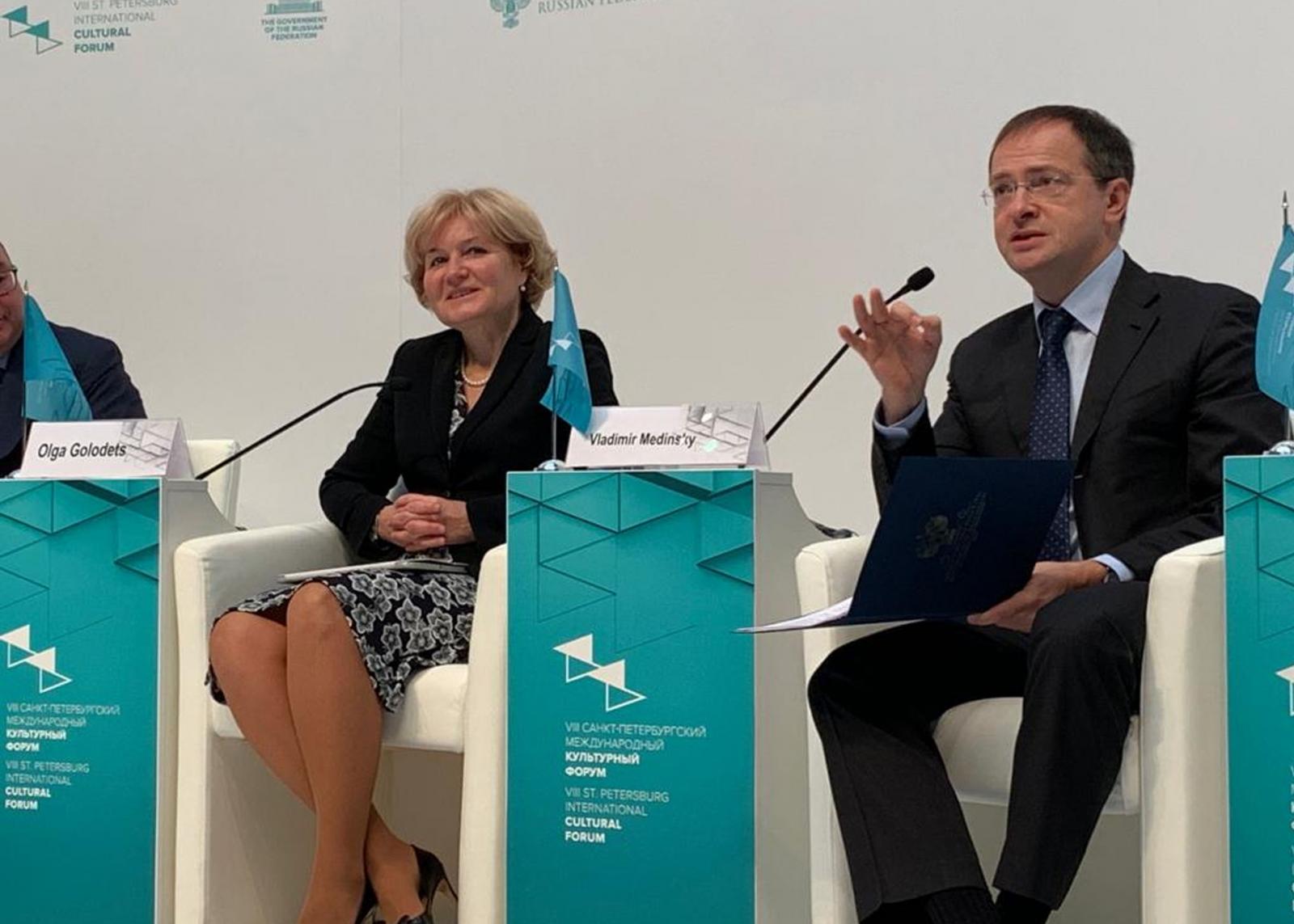The Innosocium Foundation, a social platform of the Roscongress Foundation, launched a working group jointly with the Agency for Strategic Initiatives to promote creative and technological industries, entrepreneurship and domestic production. Regional identity and individual interpretations have become a source of value added in creative industries on an international scale.
Creativity is the best opportunity for fulfilment and growth as technology penetrates further into our lives. Competition between humans is intensifying, while a new phenomenon is emerging: rivalry between humans and machines. Although mass culture is still there, it no longer seems satiating to modern people, who want to get a better understanding of the greatness of the human soul and the enormous potential of a person. Their creativity or the opportunity to admire the creative endeavours of their loved ones is the only thing that brings them back to the ultimate source of life.жизни.
Unleashing creativity might seem an unambitious and unmarketable venture; without it, however, industrial production will only continue to get simpler, resorting to dull and lifeless images. This is why it is so important to support both creative individuals and the entire network of creative industries, as a new phenomenon, a modern renaissance following technological despotism.


The aim of the working group is to consolidate the efforts of representatives of creative industries, business community, development institutions and government bodies to search for and to provide new opportunities for development of creative initiatives and their promotion on a global scale.

The working group addresses the need to create the infrastructure for systematic research into regional creative industries, their products, new communities of experts and artisans involved in the development and application of local symbols, ornaments, styles; sharing their best practices, giving methodological, legal and financial support for communities and local brands.
The working group is actively cooperating with the Russian Ministry of Industry and Trade, which intends to develop several areas with local art crafts as part of the TETRA project, including:
Creative Towns. Towns and villages in a high density environment within large agglomerations. They will manifest post-industrial development patterns.
Craft Settlements. Rural areas keeping industrial and cultural traditions alive. They are far removed from major cities or threatened with extinction.
Old Factories and Handicraft Districts. Industrial cities where traditional folk crafts are practiced in a limited area, only in old factories or craft districts.
Craftsmen's Mountain Settlements. Mountain settlements which preserve the traditional knowledge of unique crafts.
National Identity Guides Border territories which have a unique mission to build cooperation projects and ensure intercultural dialogue.
Places of Traditional Folk Art Crafts of the North. Places where folk art crafts are traditionally practiced, located in remote areas where the indigenous peoples of the Far North, Far East and Siberia live.

Some projects are already receiving support from public and private organisations. The working group aims at combining efforts and forming a general plan of activities towards the promotion of the national culture of Russia and its regions, as well as the development of the export potential of creative industries.

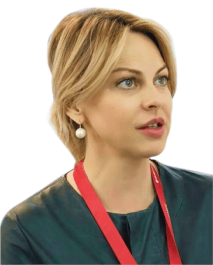
Elena Marinina, the working group chair, vice president of the Roscongress Foundation and director of the Innosocium Foundation.
Members of the working group:
Roman Karmanov, deputy general director at Komsomolskaya Pravda Publishing House;
Anastasiya Tsvetkova, CEO at Lake Baikal Foundation;
Mariya Krasnikova, director at the Art, Science and Sport Foundation;
Armen Khachatryan, deputy director of the Roscongress Foundation;
Ilya Chukalin, CEO of the Presidential Grants Foundation;
Tatyana Mrdulyash, deputy general director for development at the State Tretyakov Gallery;
Mariya Morozova, general director at Elena and Gennady Timchenko Charitable Foundation;
Nonna Kagramanyan, vice president, head of the executive committee at Delovaya Rossiya All-Russia Public Organisation;
Vadim Duda, general director at Russian State Library;
Irina Gaida, partner at PwC Consulting LLC;
Oleg Leonov, CEO at NW Advisors;
Yuliana Slascheva, Chairman of the Board at Soyuzmultfilm;
Sergei Golubev, CEO at Social Investment Fund

